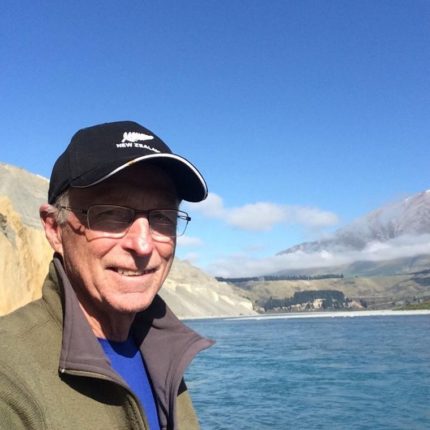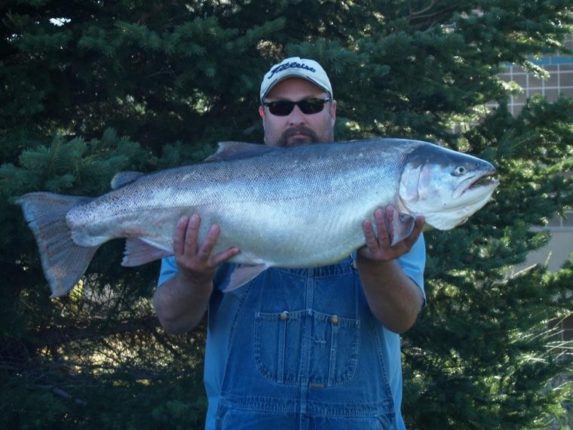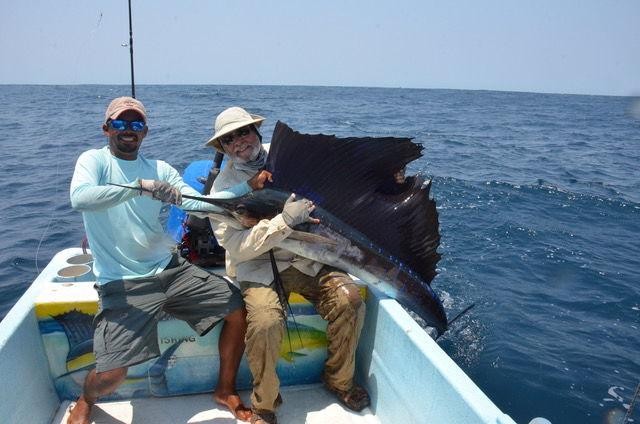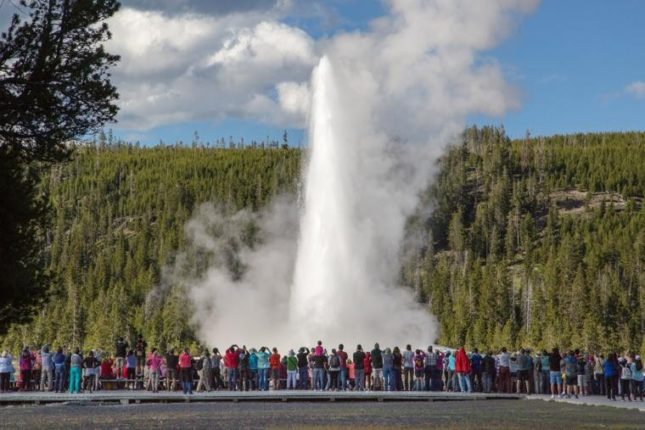Fishing with famous anglers and guides can be a bit intimating. I was along with Gary Loomis of G.Loomis fishing rod fame and expert salmon fishing guide Clancy Holt. They were opening up salmon fishing on a new hemisphere with amazing results, catching Chinook salmon weighing between 40 and 70 pounds. I was on the trip to write about them pioneering an untapped salmon fishery and to take photos. Luckily, long-time friend Clancy Holt put a fishing rod in my hand. Yes!
While fighting a big salmon, Gary Loomis commented on how amazing the fishing was and how untapped. Coming from one of the most experienced salmon anglers in the world, it was a tribute to the fishery. Where is it? Alaska, Russia, New Zealand?
No, it is in Patagonia, Chile, an hour and a half by air south of Santiago on the Petrohue River. The Petrohue River is a pristine river winding it way down from the Andes Mountains to the Pacific Ocean.

Chilean salmon fishing
The first morning, Clancy Holt, Gary Loomis and I caught 11 Chinook salmon in five hours of trolling at the mouth of the river. Only two fish weighed less than 40 pounds. Loomis caught the biggest, which tipped the scale at 61 pounds, six were over 50 pounds and rest were between 40 and 50. It was the first day of five incredible days of fishing guided by Clancy as we explored the fishery for Southern Chile Expeditions.
Why this fishery now?
This fishery was in the making since the early 1980s when Chinook salmon eggs were imported from Pacific Northwest Hatcheries to start massive commercial salmon net pen operations in Chile. Chinook salmon escaped the net pens and over three decades began spawning in a number of rivers along the southern coastline of Chile and a new fishery was born.
The lack of access to major rivers is the major hurdle to fishing salmon in Chile. The second challenge is finding experienced guides with updated equipment. Fortunately, the number of guides — ranging from Orvis-endorsed guides, to independent outfitters and individuals advertising on the internet — have grown. Each year, the number of salmon fishing options continues to expand, providing anglers looking for an adventure salmon fishing trip the opportunity.
Southern Chile Expeditions pioneered the current fishery, hiring Holt and Loomis to help put them at the forefront starting in 2015. Yan Kee Way Lodge provided the infrastructure of lodging, guides and boats. The lodge’s trout fly fishing clients were already incidentally hooking Chinook salmon in the 40-pound range.

Chilean salmon fishing secondary
A salmon is netted in Southern Chile’s Petrohue River.
Holt was hired to guide anglers, train Chilean guides, find new fisheries and consult on equipment. That meant getting four new 17.8 Smoker Craft sleds with 60 horsepower Yamaha jet-drives set up.
Loomis was brought in to test the fishery and perfect the equipment needed. He is first and foremost a fisherman that designs and builds rods. Working with his new company, Edge Rods, he designed a new fly rod and conventional salmon rod that could handle salmon over 50 pounds. His new rods handled the abuse doled out by 50-pound Chinooks easily.
Great salmon fishing
My first salmon ripped out over 200 feet of line and was still going threatening to spoon my reel when Holt spun the boat around and followed the fish. It ran along the surface of the glassy bay waters then sounded going deep and circled back at us. I reeled, frantically loosing tension as the salmon passed under the boat and streaked away. Ten minutes, later the salmon was netted and released.
Loomis designed new rods for this fishery, which are probably the best made. Loomis’ Edge 9’11” rods handled the big fish with grace. Over the next five days of estuary fishing, we caught and released over 100 Chinook salmon.
Since I needed pictures for the magazine article, several fish had to come on board for photos. We were doing catch and release, which made bringing the fish on board for a photo and releasing them unharmed more difficult than expected. Getting 60 pounds of thrashing salmon into Loomis’ hands for a photo and then releasing it was a challenge. The best photo came when Clancy and I hoisted a 60 pounder on to Loomis’ lap soaking him. He smiled for the picture and swore to get even with us later.
It was a pleasure fishing with the best of the best. Holt easily switched from one technique to another to keep us catching salmon. Loomis told me more about rod making than I could absorb. Did I know it all started from his designing and making tank aerials?
For more information or to book your own trip, visit southernchilexp.com.
Harry Morse is currently a freelance writer living in Pocatello. His articles have appeared in national hunting and fishing magazines. The majority of his career he worked for Washington, Idaho and California Departments of Fish and Wildlife as an information officer. He has travel broadly an enjoys photography, fishing and hunting.







